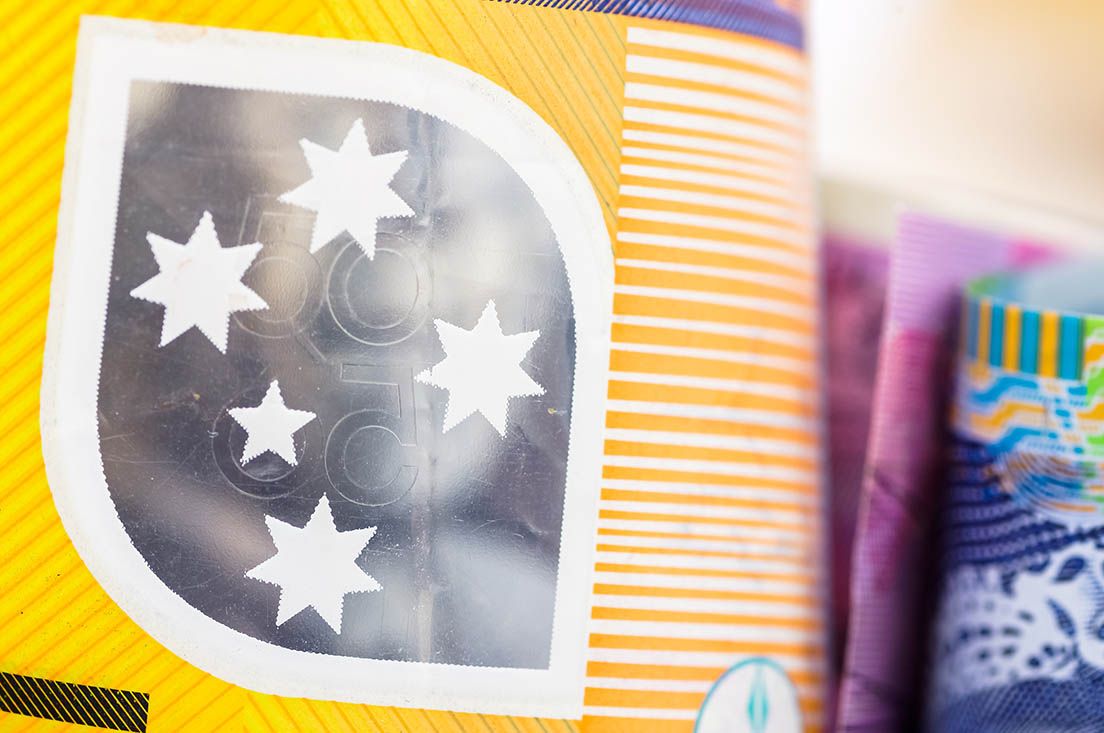The Australian Dollar Appreciates as Strong Jobs Report Sends RBA Rate Cut Trade Into Retreat
- Australia adds 28.9K jobs in December
- Number is greater than expected
- AUD rallies in sympathy
- But RBA rate cut is delayed, not cancelled

Image © Adobe Images
- GBP/AUD Spot rate: 1.9139, -0.45%
- Indicative bank rates for transfers: 1.8469-1.8603
- Transfer specialist indicative rates: 1.8900-1.8960 - >> Get your quote now
The Australian Dollar was seen outperforming its counterparts on Thursday, January 23 after employment data came in stronger than markets had been expecting, suggesting the prospect of an imminent interest rate cut at the Reserve Bank of Australia (RBA) has faded.
Headline employment for November/December rose 28.9K which was stronger than consensus estimates for +10K, building on the strong November reading. The unemployment rate fell to 5.1% at the end of the year from 5.3% in October.
The Pound-to-Australian Dollar exchange rate slumped to a session low of 1.9094 in the face of the Aussie Dollar's strength, while the Australian-to-U.S. Dollar exchange rate peaked at 0.6878.
Indeed, the Aussie is the day's best performing major currency according to our studies:

"The trend rate of job creation has nonetheless moderated somewhat, but will need to moderate further to justify lower rates," says Adam Cole, Chief Currency Strategist with RBC Capital Markets.
Fading expectations for an RBA rate cut lifted the Aussie Wednesday as pricing of one slumped from a 55% implied probability to just 23% on the money markets. The rule of thumb in currency markets is that when a central bank cuts interest rates, the currency it issues falls, and vice versa.
"This makes it difficult to see the RBA easing in February, notwithstanding the short-term hit from the bushfires and the likely downward pressure on near-term growth expectations from the weakness in consumer spending evident in the Q3 GDP data. Accordingly, we are no longer forecasting a February rate cut," says Catherine Birch, Senior Economist at ANZ.
"Today’s labour market data combined with a general run of upside data surprises so far in January means that the RBA rate cut we pencilled in for February looks less likely," says Joseph Capurso, foreign exchange analyst with Commonwealth Bank of Australia. "The job numbers are a heavy focus for the RBA and the resumed downtrend in unemployment is a better outcome than they envisaged."
Analysts will now turn attention to next week’s Australian inflation numbers for guidance on the RBA story. Inflation remains below the RBA's target, and at 5.1%, the unemployment rate is still above full employment (4.5%). "So it is too soon to say RBA rate cuts are done. Bottom line: we have moved the February rate cut to April, and retained our August rate cut," says Capurso.
In short, the domestic support Australian Dollar bulls might be looking for could well be short-lived in duration.
"We still think further rate cuts are more likely than not over the course of 2020, says Birch. "Continued weakness in consumer spending and soft business investment suggest that progress toward lower unemployment will stall at a level that is inconsistent with the RBA achieving its policy objectives."










